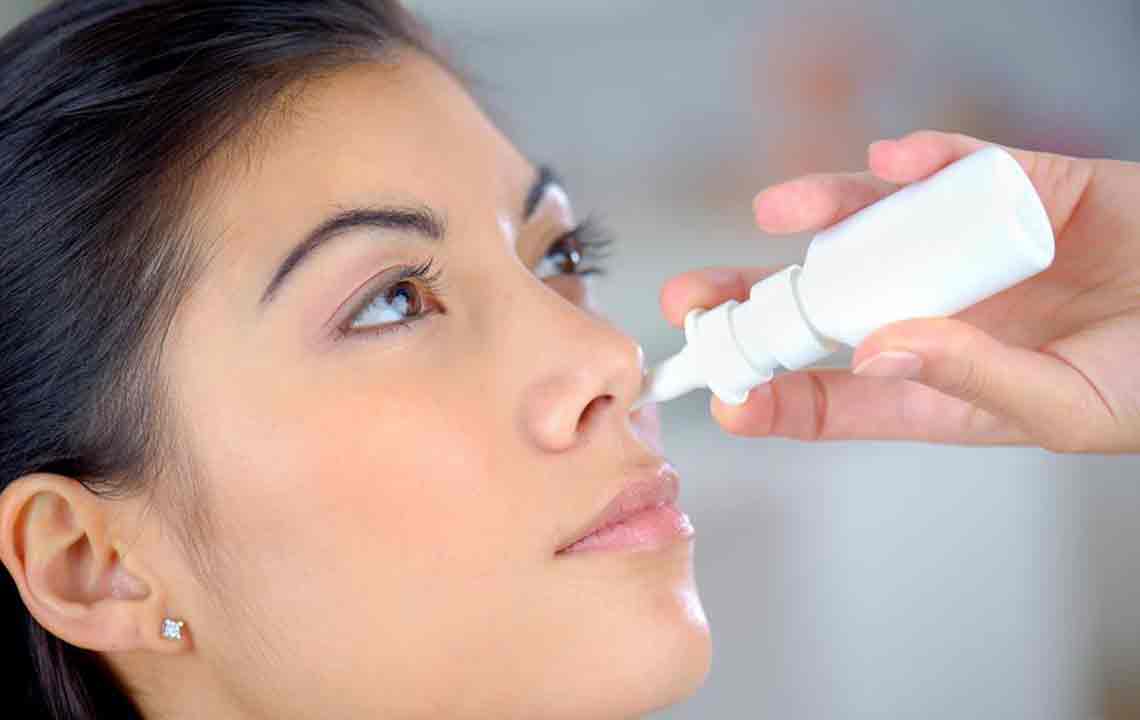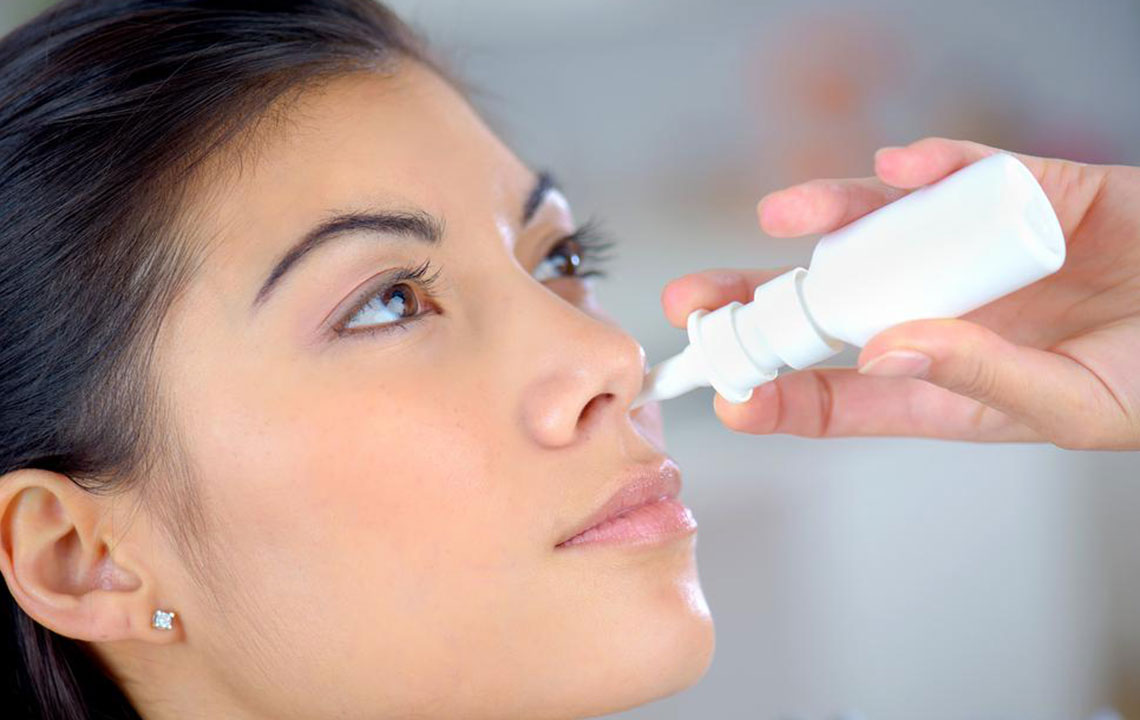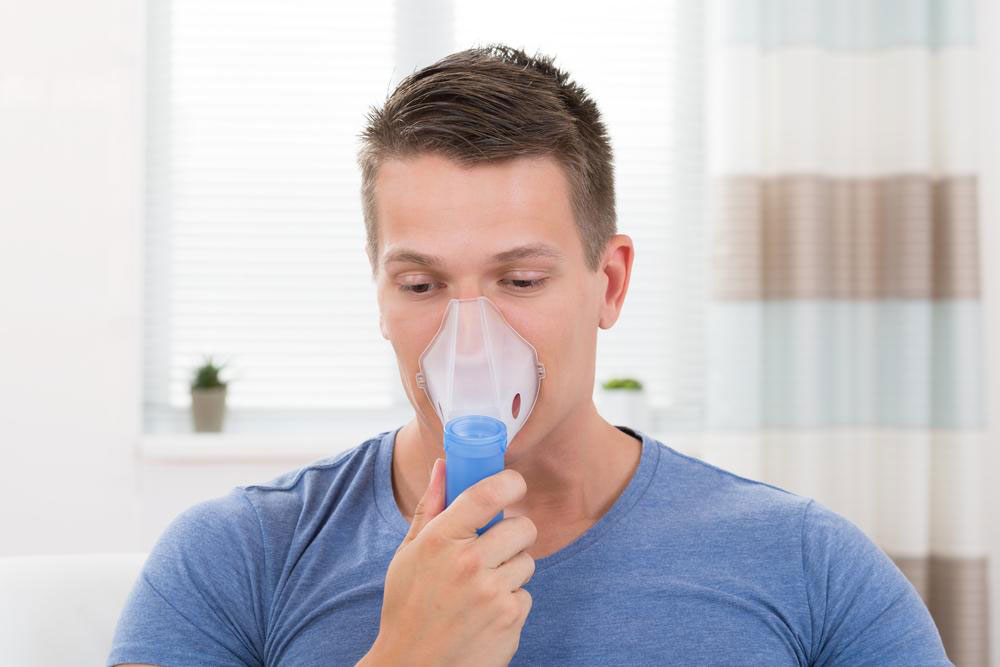Comprehensive Guide to Choosing the Best Nasal Spray for Dust Allergy Relief
This comprehensive guide explores effective nasal sprays for dust allergy relief, including decongestants, antihistamines, and corticosteroids. It provides practical tips on managing dust allergies through medication and environmental changes, helping sufferers find quick and long-term relief. Consult healthcare professionals for personalized treatment plans, and improve your daily comfort while reducing allergen exposure. Discover how to control dust allergy symptoms effectively and enjoy a healthier, allergy-free environment with proper care and management strategies.

Comprehensive Guide to Choosing the Best Nasal Spray for Dust Allergy Relief
Understanding Dust Allergies: Causes and Symptoms
Dust allergies are a common issue affecting many individuals worldwide. When your immune system overreacts to tiny particles like dust mites, mold spores, pet dander, or pollen, it triggers a cascade of uncomfortable symptoms. These reactions can significantly impact daily life, especially for those with prolonged exposure to dusty environments. Recognizing the symptoms early and understanding the underlying causes are crucial steps towards effective management and relief.
Common Signs and Symptoms of Dust Allergy
Persistent nasal congestion and blockage
Runny nose and post-nasal drip
Itchy, red, or watery eyes
Sneezing bouts, often frequent and uncontrollable
Itching in the throat or nose
Coughing and wheezing, which may mimic asthma
Chest tightness and shortness of breath in severe cases
These symptoms can vary in intensity depending on exposure duration and individual sensitivity. Recognizing these signs promptly allows for timely intervention, improving overall health outcomes.
Common Triggers for Dust Allergies
Dust mites: microscopic creatures thriving in bedding, upholstery, and carpets
Molds: fungi that flourish in damp, humid environments
Pollen: airborne particles from plants, especially during allergy season
Cockroaches: exposure can trigger allergic reactions in sensitive individuals
Pet dander and feathers: common triggers in households with pets
Effective Medical Treatments for Dust Allergy Relief
If you suspect that dust mites or related allergens are affecting your health, seeking consultation from an allergy specialist or healthcare provider is essential. While long-term management may require lifestyle adjustments, the fastest and most effective initial relief often comes from specialized nasal sprays. These sprays are designed to act quickly, often within a minute after application, providing rapid alleviation of symptoms such as nasal congestion and itching. Unlike oral medications, nasal sprays target the nasal passages directly, offering localized relief with fewer systemic side effects.
These medications are widely available over-the-counter or via prescription, depending on the formulation and your specific needs. It's important to choose the right type of nasal spray based on your symptoms and medical history, which should be guided by a healthcare professional.
Types of Nasal Sprays for Dust Allergies
Decongestant Nasal Sprays
Decongestant sprays, such as Oxymetazoline and Phenylephrine, work by constricting blood vessels within the nasal passages. This action reduces swelling and congestion, providing quick relief from a blocked nose. However, it's critical to use these sprays cautiously—they are typically recommended for no more than three consecutive days to avoid rebound congestion (rhinitis medicamentosa). Overuse can worsen symptoms and cause dependency. If you have underlying conditions like high blood pressure or glaucoma, consult your doctor before using these medications.
Antihistamine Nasal Sprays
These sprays help combat allergy symptoms such as sneezing, itching, and nasal discharge. Ingredients like Olopatadine, Azelastine, and Levocabastine block histamine receptors, reducing allergic responses directly at the source. They tend to cause fewer sedative effects compared to oral antihistamines and are suitable for use during daytime. While generally well-tolerated, some individuals may experience nasal burning or drying. Prescription is often required, and usage should follow medical guidance for optimal results.
Intranasal Corticosteroids
Among the most effective long-term treatments for allergic rhinitis, corticosteroid nasal sprays include Fluticasone, Beclomethasone, and Budesonide. These medications reduce inflammation within the nasal passages, helping to prevent and alleviate severe allergy symptoms. While they may take several days to weeks to reach full efficacy, consistent use significantly improves nasal airflow and overall comfort. Possible side effects include nasal irritation, nosebleeds, or sore throat. Medical supervision is advised to monitor progression and side effects.
Cromolyn Sodium (NasalCrom)
This preventive spray works by stabilizing mast cells in the nasal lining, preventing the release of histamine. It is most effective when used 1–2 weeks before allergy season begins, making it ideal for proactive allergy management. Side effects are typically mild, such as nasal burning or sneezing. Cromolyn is safe for children and adults, but consultation with a healthcare provider is recommended if you use other medications or have underlying sinus or asthma conditions.
Atrovent (Ipratropium) Nasal Spray
This prescription medication targets excessive nasal mucus production, often causing a runny nose. It is particularly useful for controlling persistent rhinorrhea but may not significantly reduce sneezing or congestion. Side effects can include nasal irritation, dryness, or headaches. Not suitable for individuals with prostate issues, glaucoma, or other specific conditions. A healthcare provider's guidance is necessary for safe and effective use.
Additional Strategies to Manage Dust Allergies Effectively
Choose wood or tiled flooring instead of carpets to minimize dust accumulation.
Regularly clean surfaces and furniture using a vacuum cleaner equipped with a HEPA filter to trap tiny allergen particles.
Encase mattresses, pillows, and bedding in mite-proof covers to prevent mite infestations.
Wash bedding and linens frequently in hot water (at least 130°F or 54°C) to eliminate dust mites and allergens.
Utilize HEPA air purifiers in bedrooms and living areas to reduce airborne allergens.
Avoid keeping pets in bedrooms or most-used areas if severely allergic, and regularly groom and clean pets.
Combining these environmental modifications with the appropriate nasal spray regimen can substantially reduce allergy symptoms, providing relief and improving quality of life. Developing a comprehensive allergy management plan with your healthcare provider is the best way to control dust allergy symptoms effectively and sustainably.





